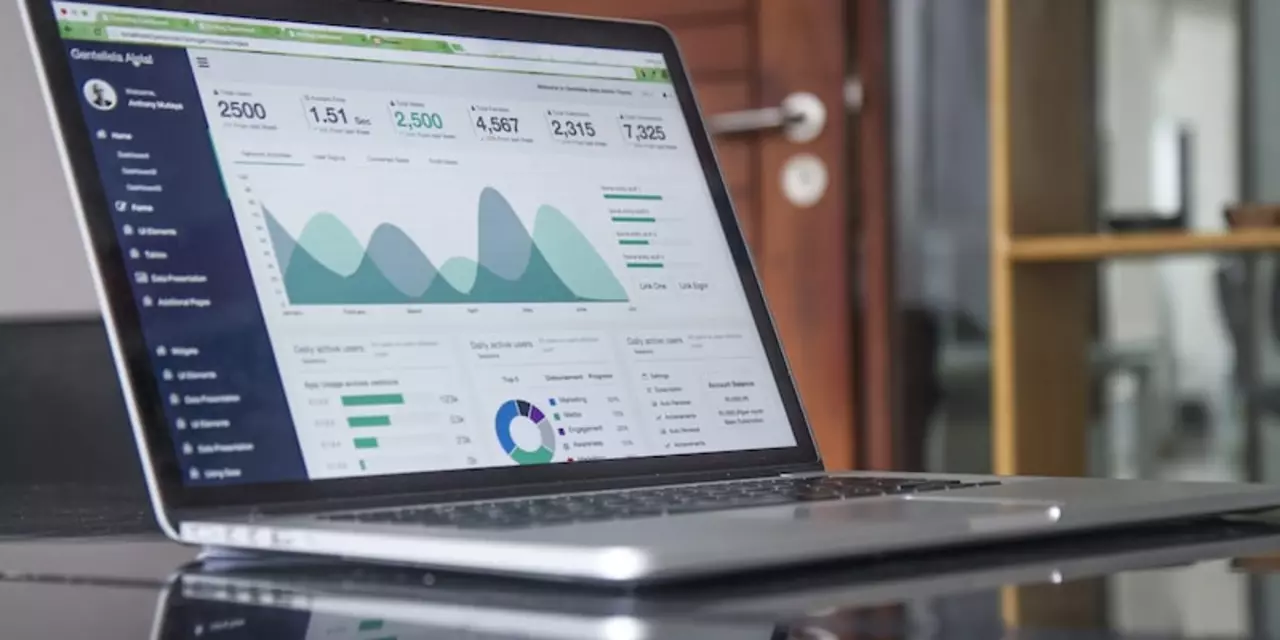Reputation Tips: Boost Your Brand’s Online Image
When people think about your brand, what’s the first thing that pops into their heads? Do they picture reliability, quality, or maybe a bad experience? Your online reputation decides that answer. Below are practical steps you can take right now to make sure the story people tell about you is a good one.
Own Your Brand Story on Social Media
Social platforms are the front lines of reputation. Posting regularly isn’t enough; you need to join the conversation. Reply to comments, thank followers for praise, and address complaints with a calm, helpful tone. A quick, sincere response can turn a disgruntled customer into a loyal advocate. Remember, consistency matters—use the same voice and visual style across Facebook, Instagram, and Twitter so people recognize you instantly.
Deliver Value Through Content and Email
Content marketing isn’t just about ranking high in search results; it’s a trust‑builder. Share how‑to guides, case studies, and behind‑the‑scenes stories that solve real problems for your audience. When you pair useful content with a well‑crafted email newsletter, you stay top‑of‑mind without being pushy. Keep emails short, personalize the greeting, and include a clear call‑to‑action—whether that’s reading a new blog post or checking out a product demo.
Another hidden reputation booster is brand awareness. The more people recognize your name, the easier it is for them to recall positive experiences. Simple tactics like sponsoring a local event or running a giveaway can widen your reach and embed your brand in the community’s memory.
Automation tools can help you manage these tasks without drowning in work. Schedule social posts, set up email drip campaigns, and monitor brand mentions in one dashboard. This frees up time to focus on strategy—like crafting a compelling story or improving your product.
Lead generation also ties into reputation. When you attract the right prospects through useful content, you’re not just filling a sales funnel—you’re proving that your brand delivers real value. Prospects who see you as an authority are more likely to recommend you to others, amplifying your reputation organically.
Finally, keep an eye on reviews. Sites like Google My Business and industry‑specific directories let customers leave feedback that anyone can see. Respond to every review—good or bad. A thank‑you note shows you appreciate praise, while a constructive reply to criticism shows you care about improvement.
In a nutshell, building a solid reputation online is about three things: show up where your audience hangs out, give them useful, honest content, and engage with them quickly and respectfully. Start with one platform, master it, then expand. Over time, the positive signals you create will outweigh any occasional hiccup, and your brand will enjoy a stronger, more trusted reputation.

